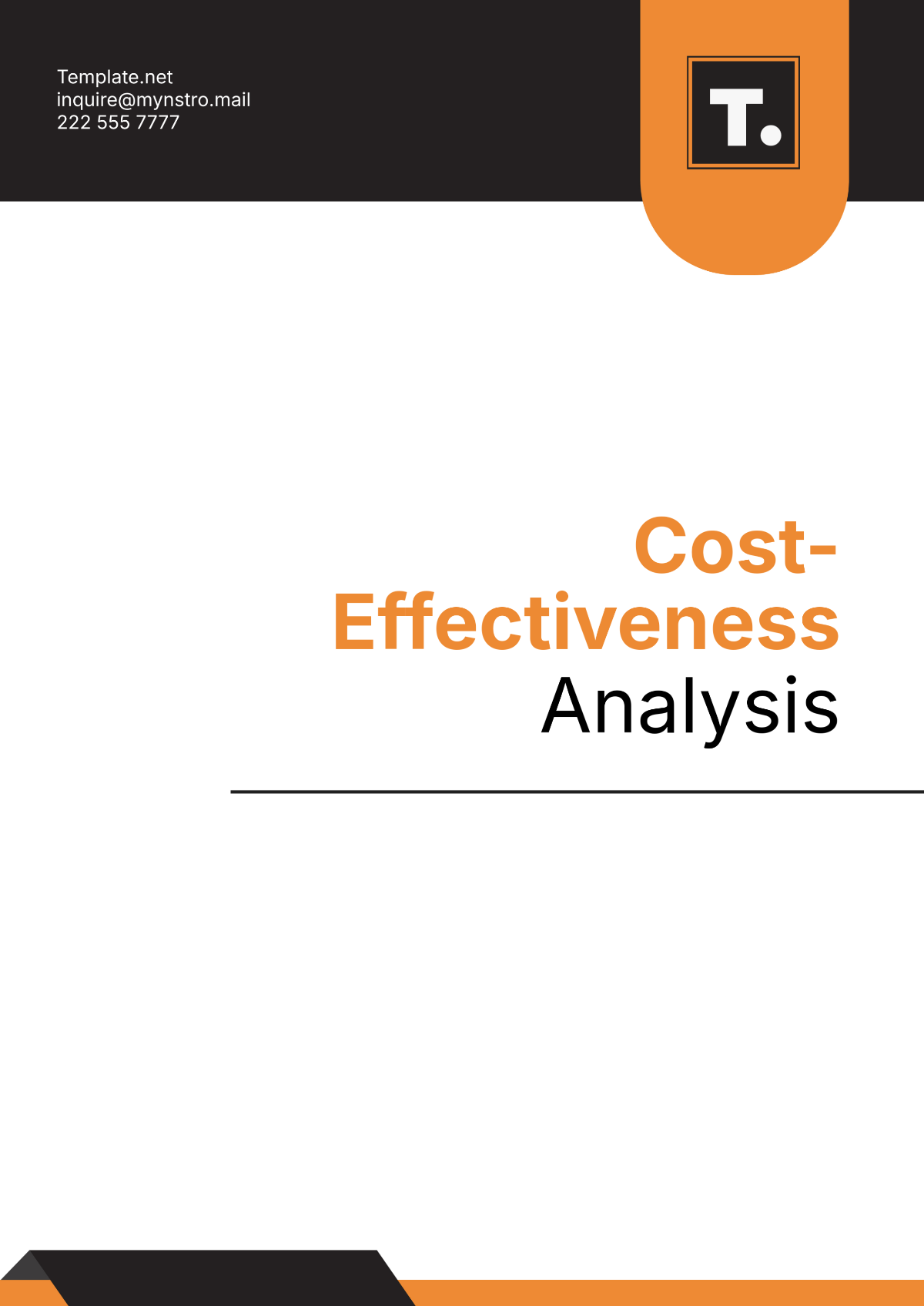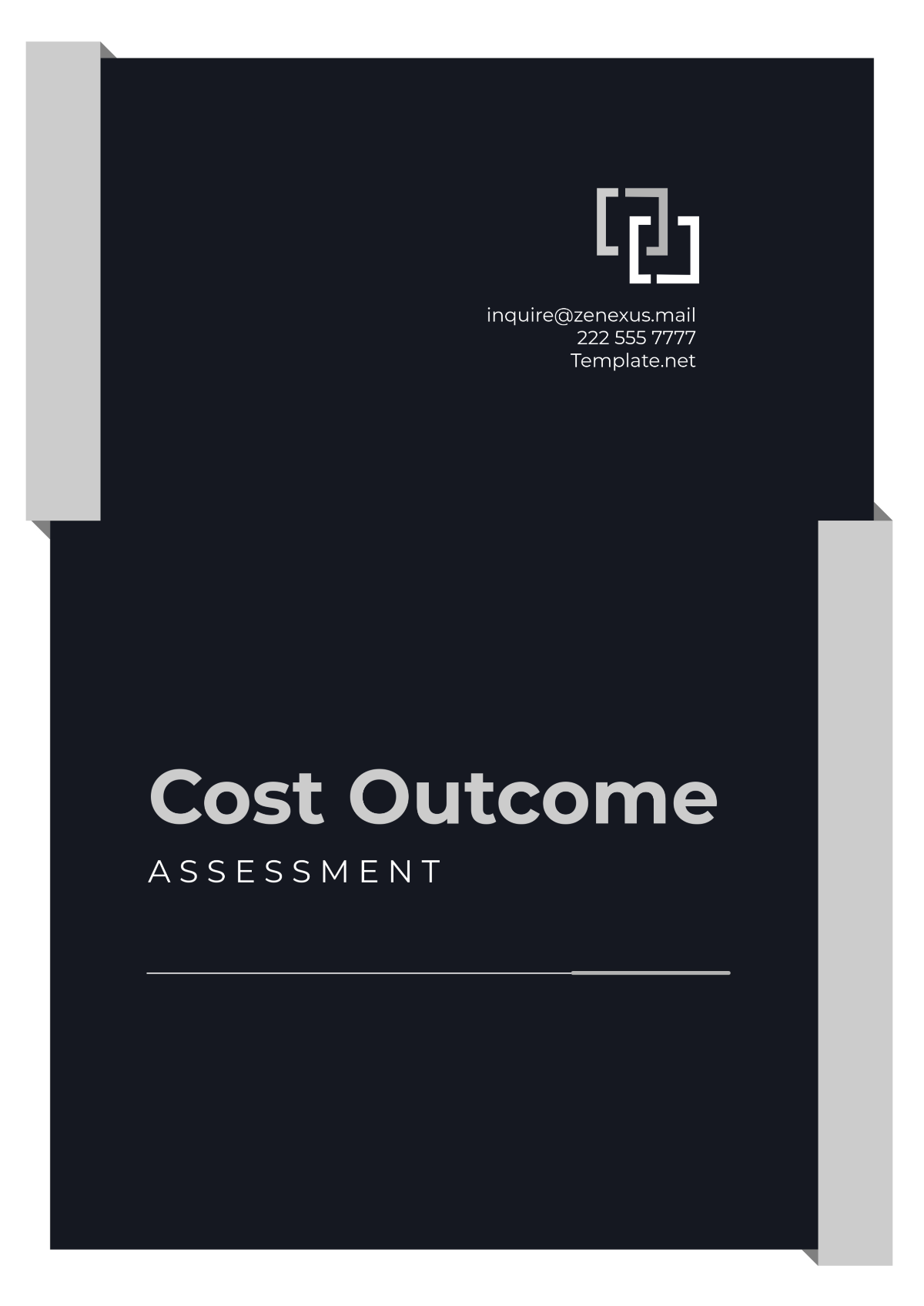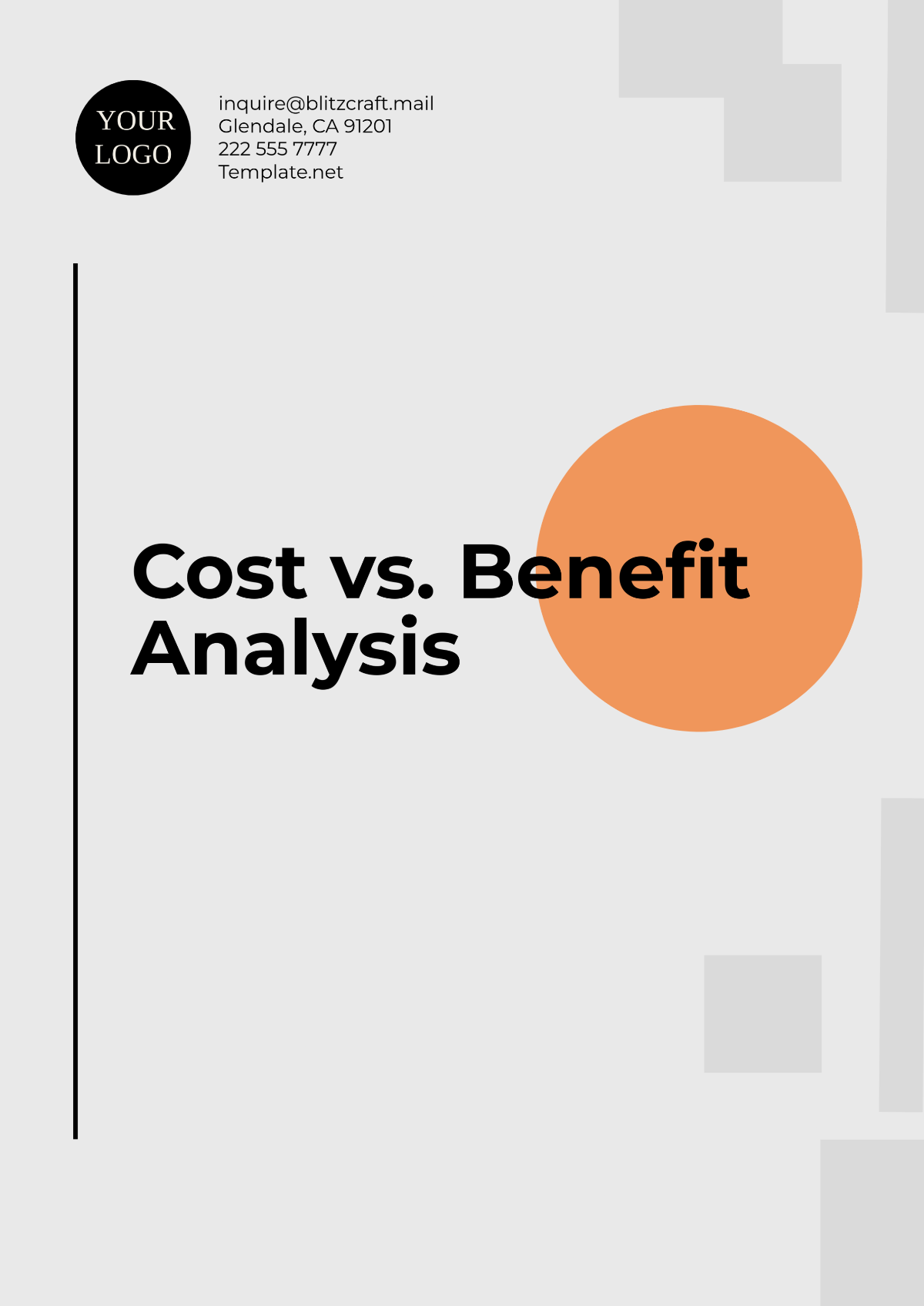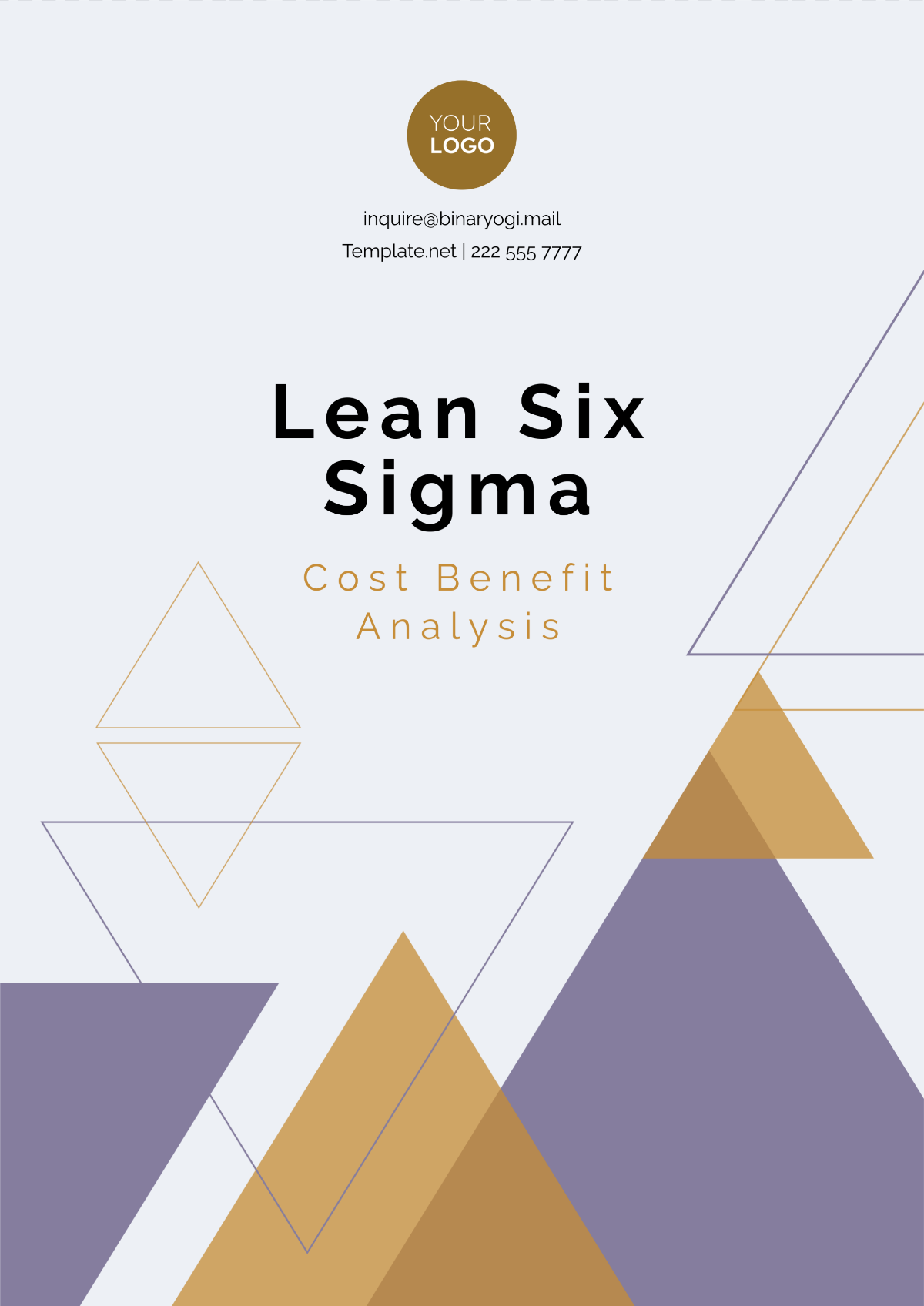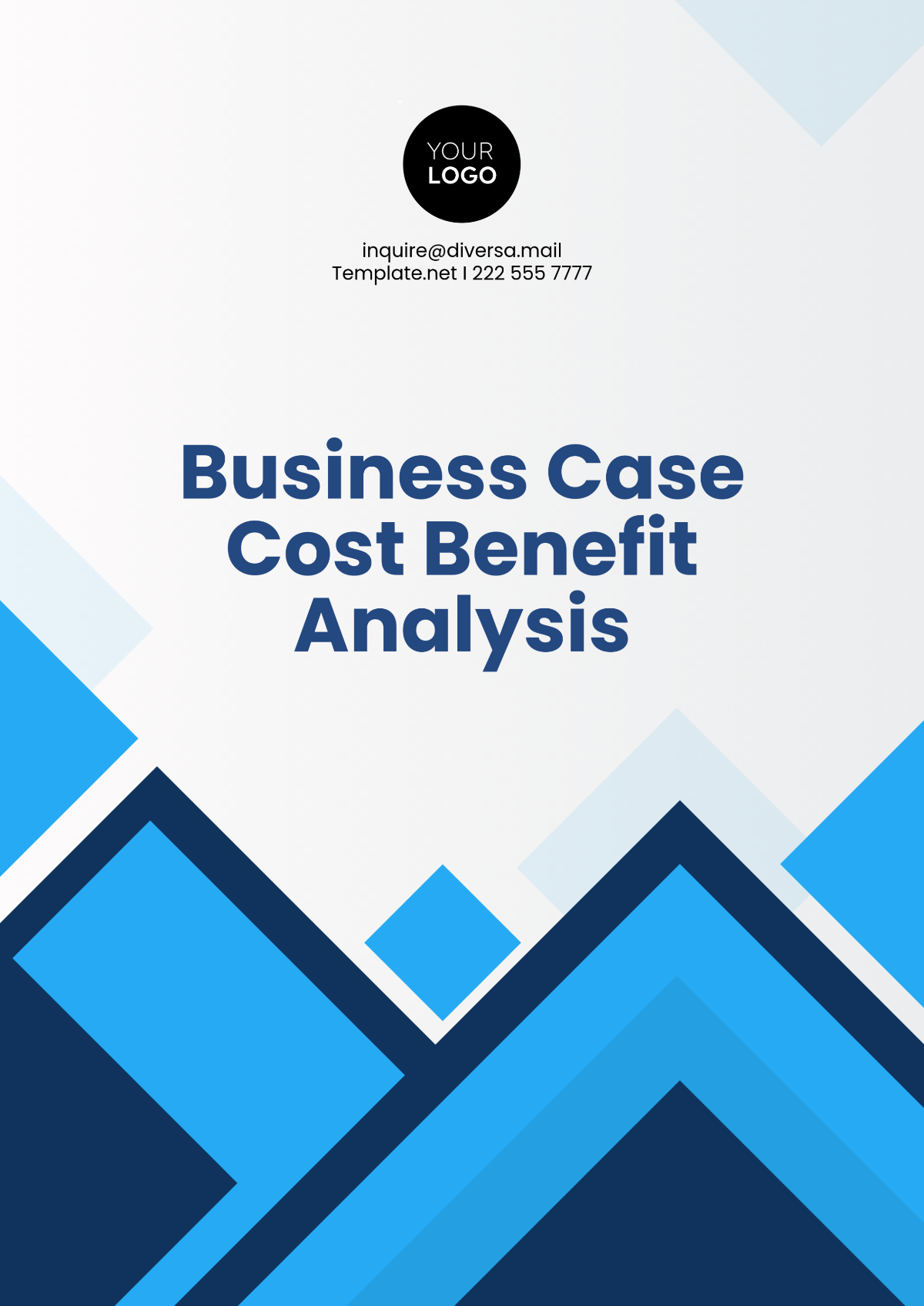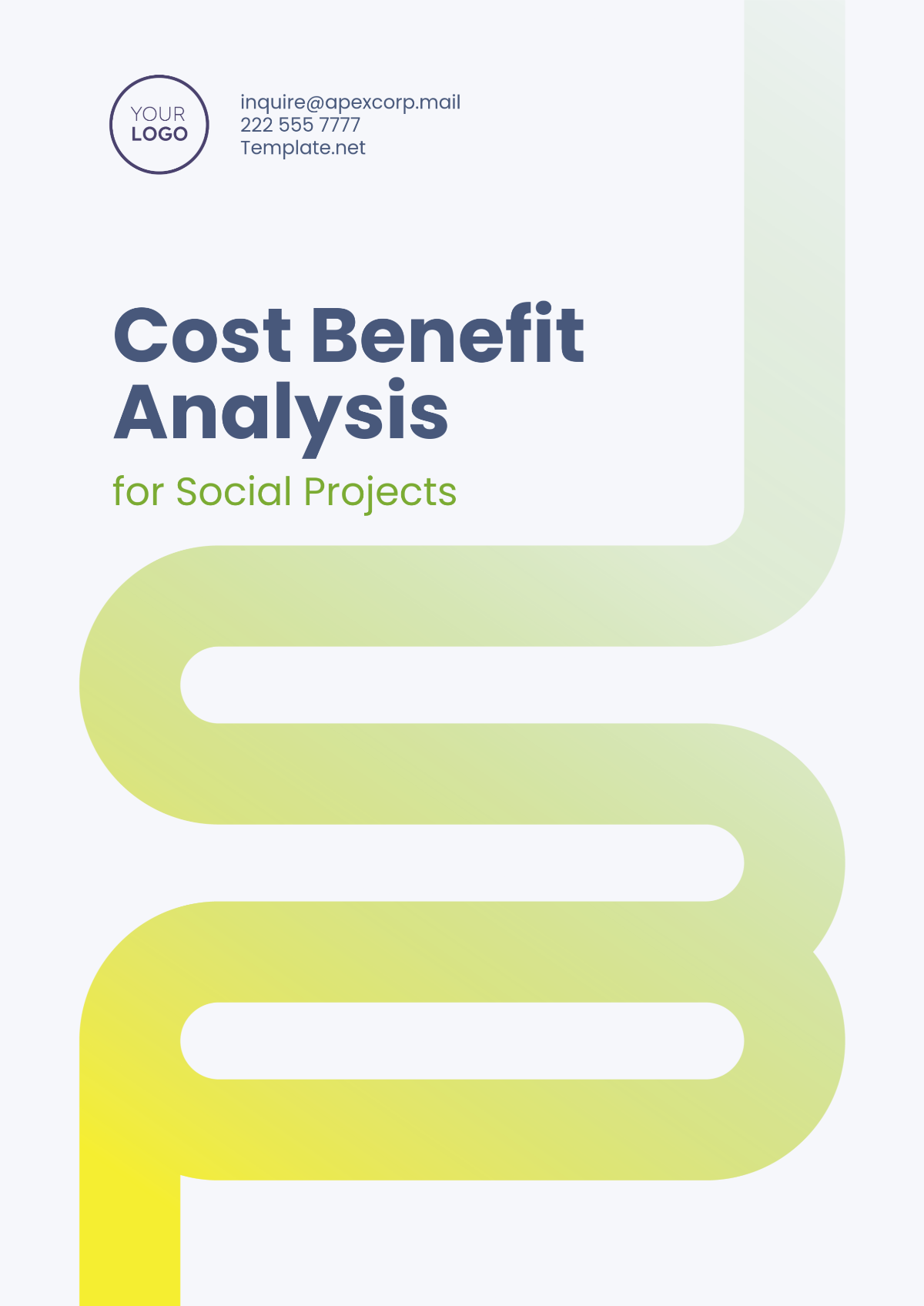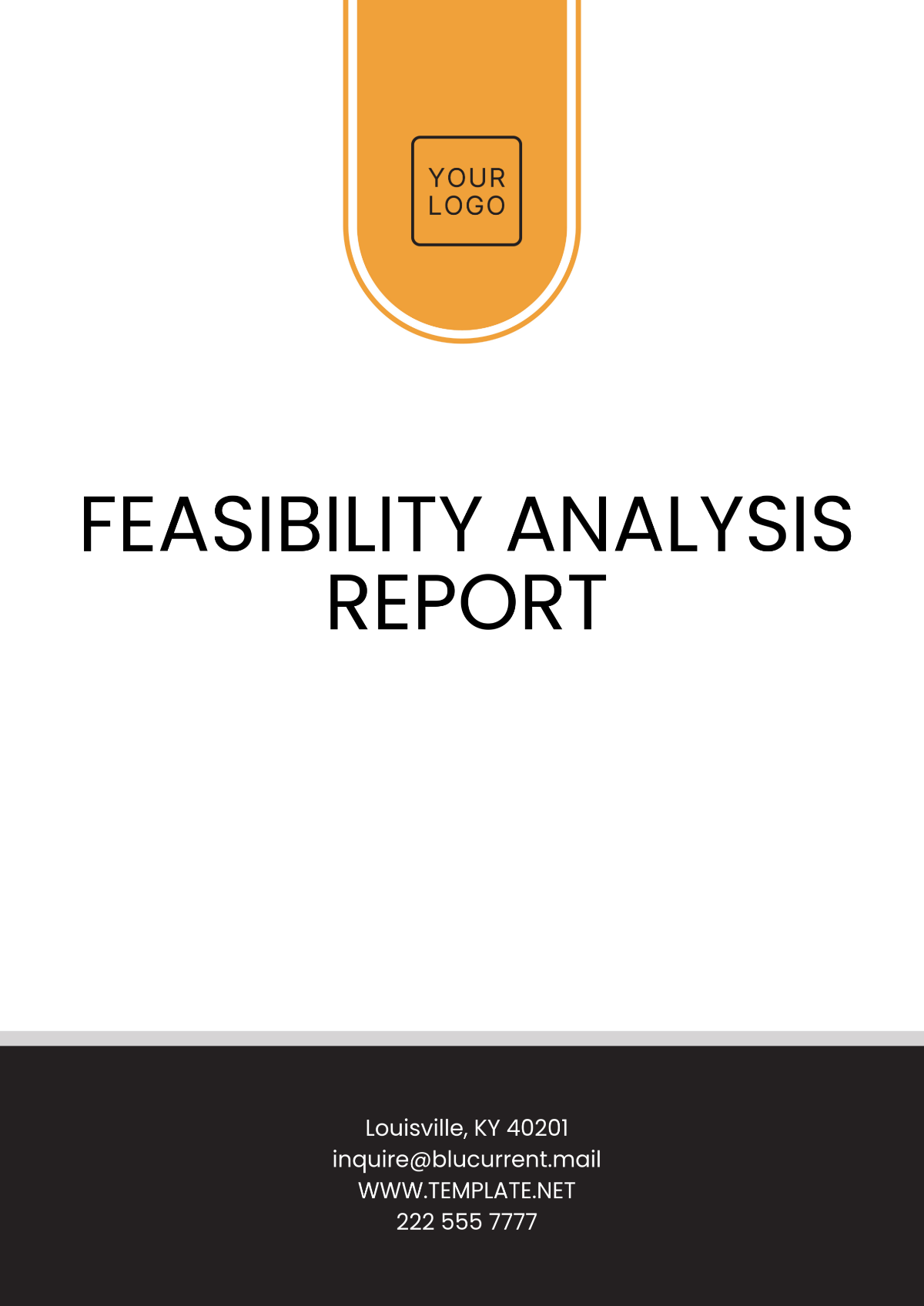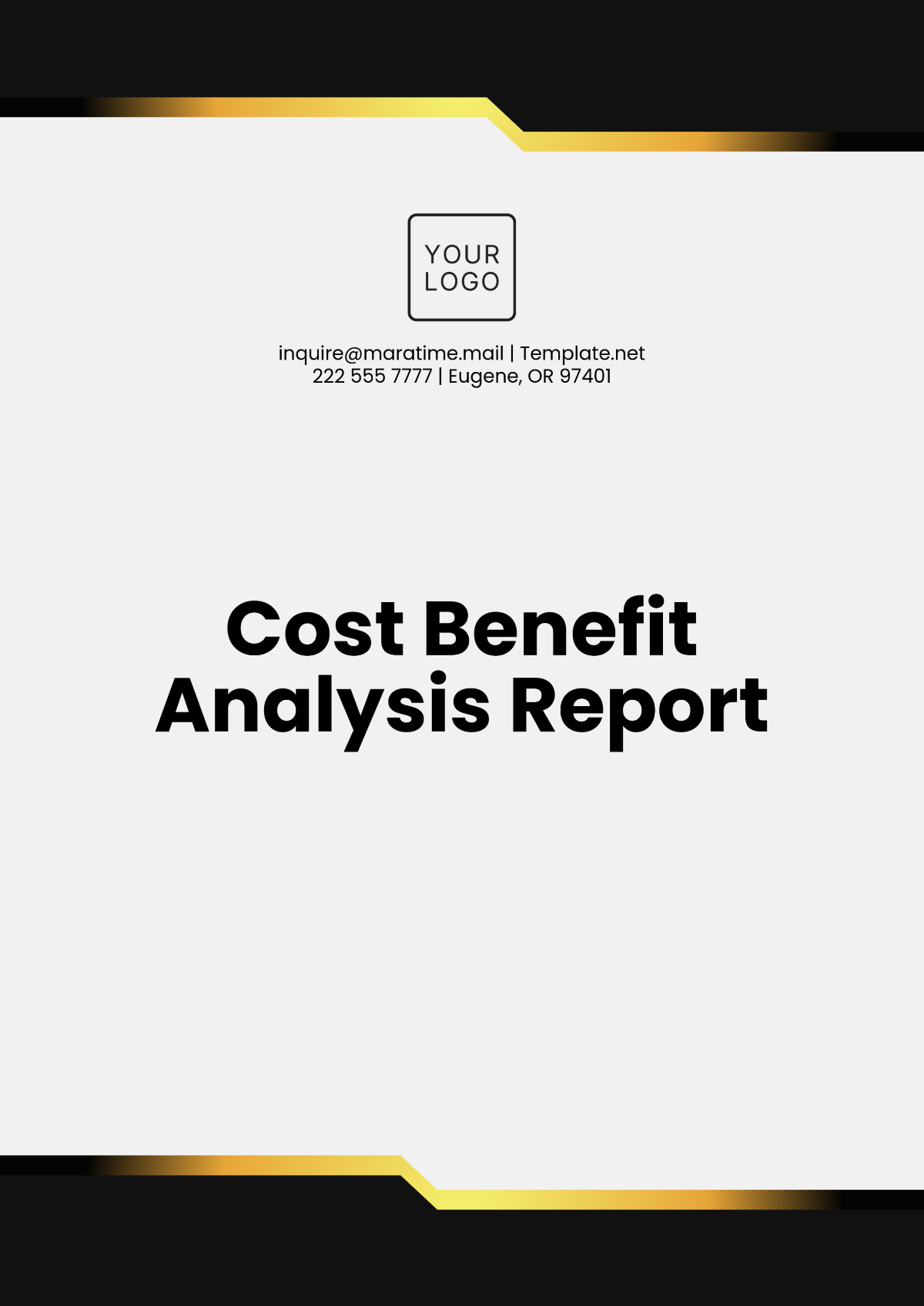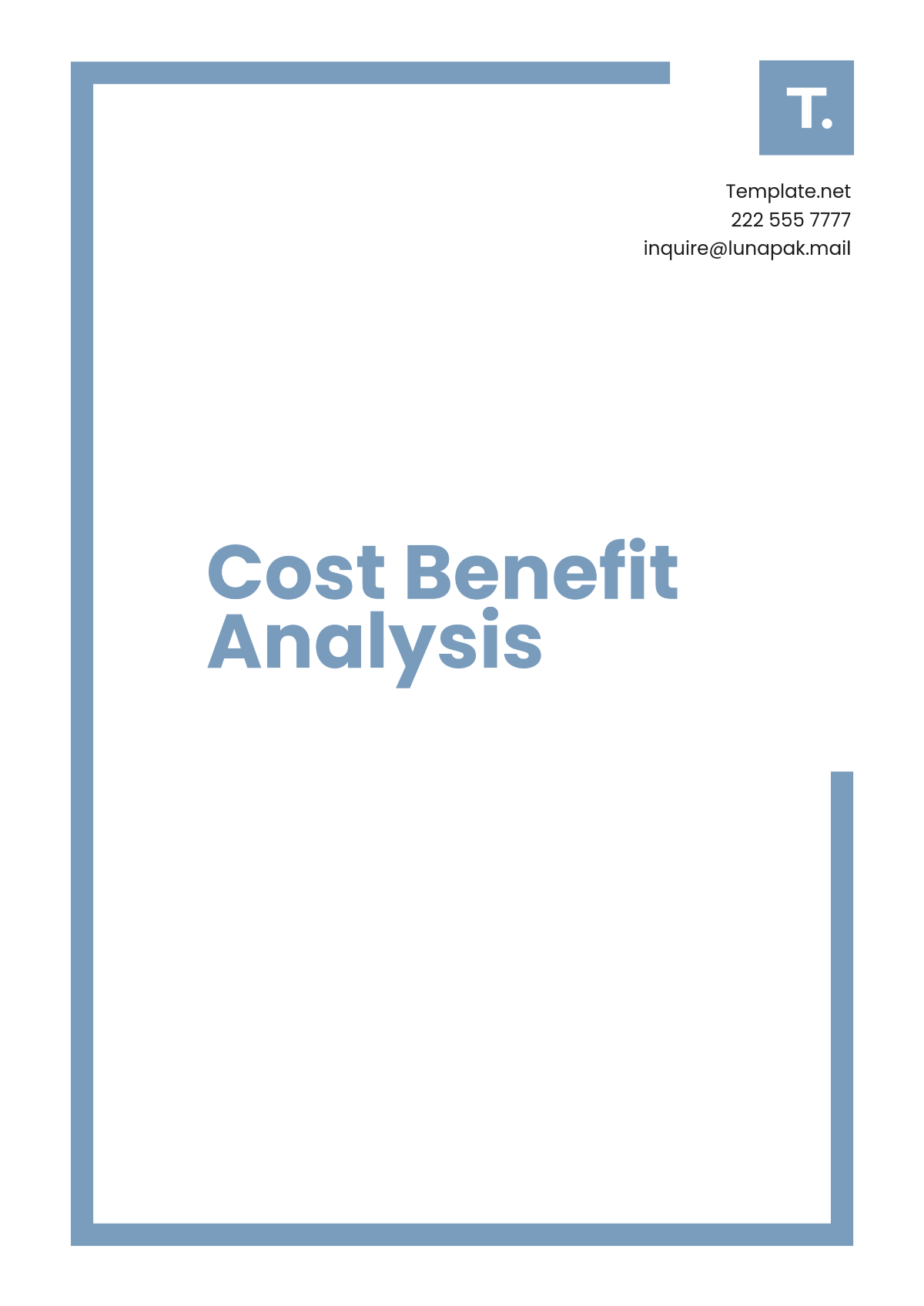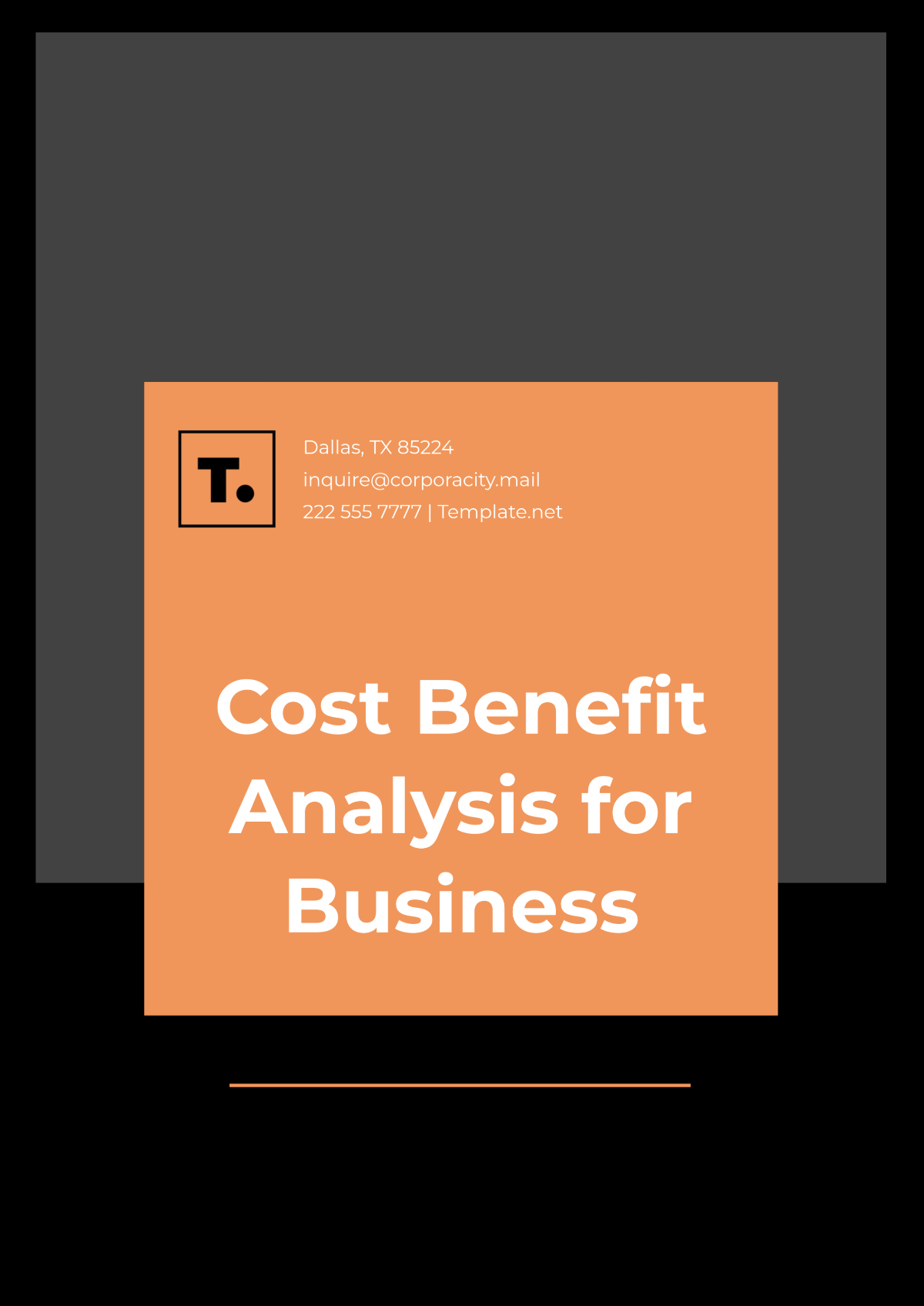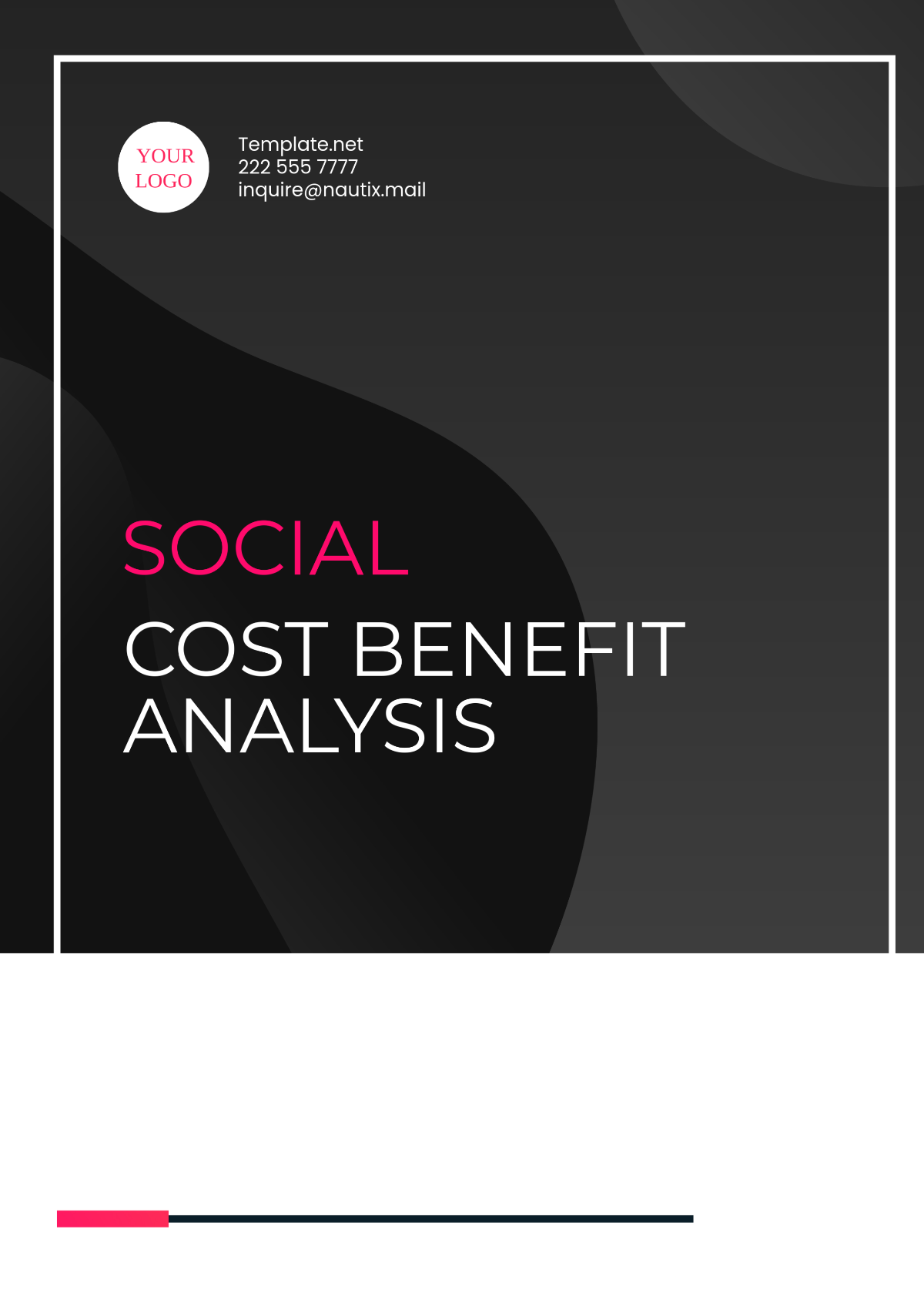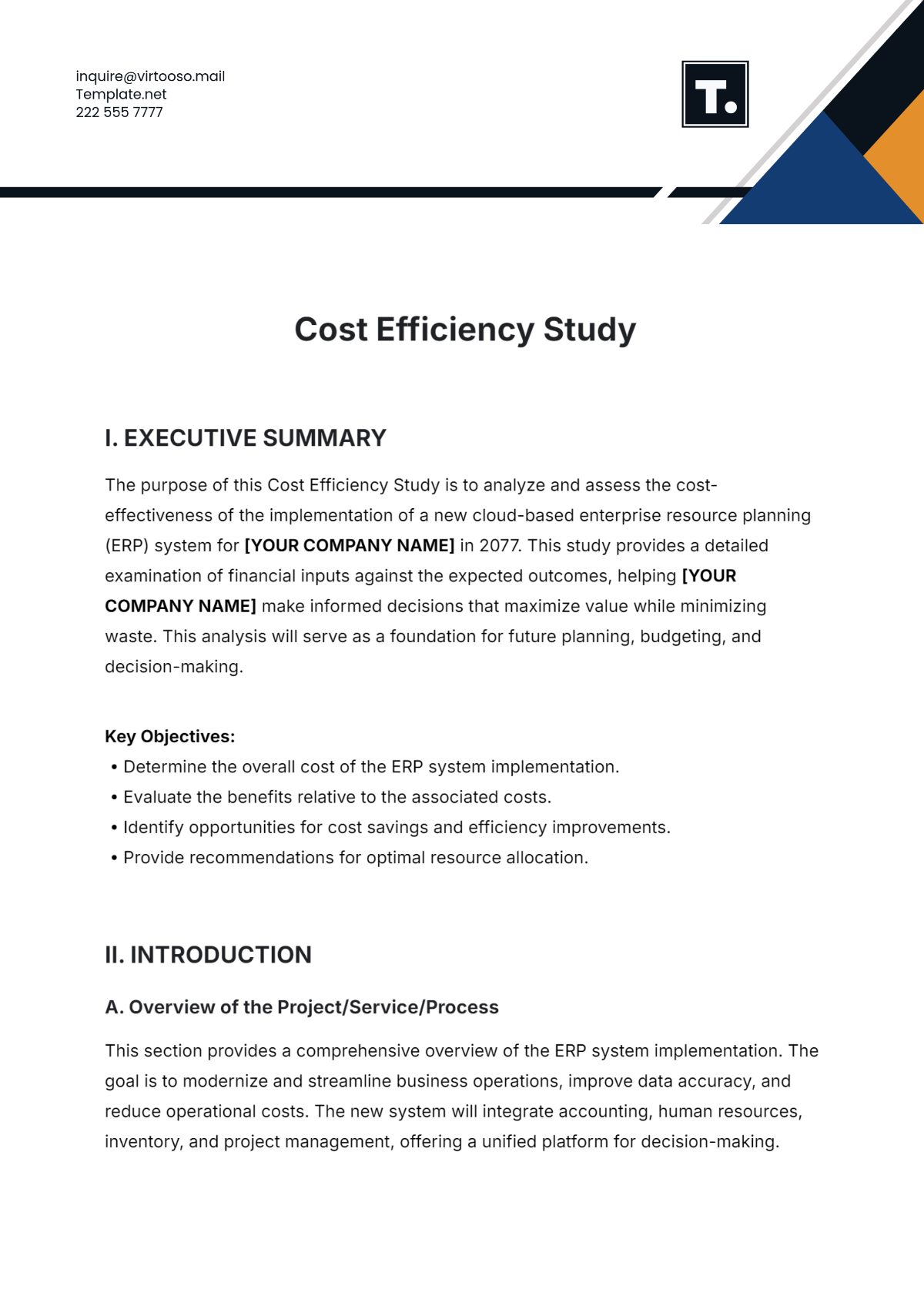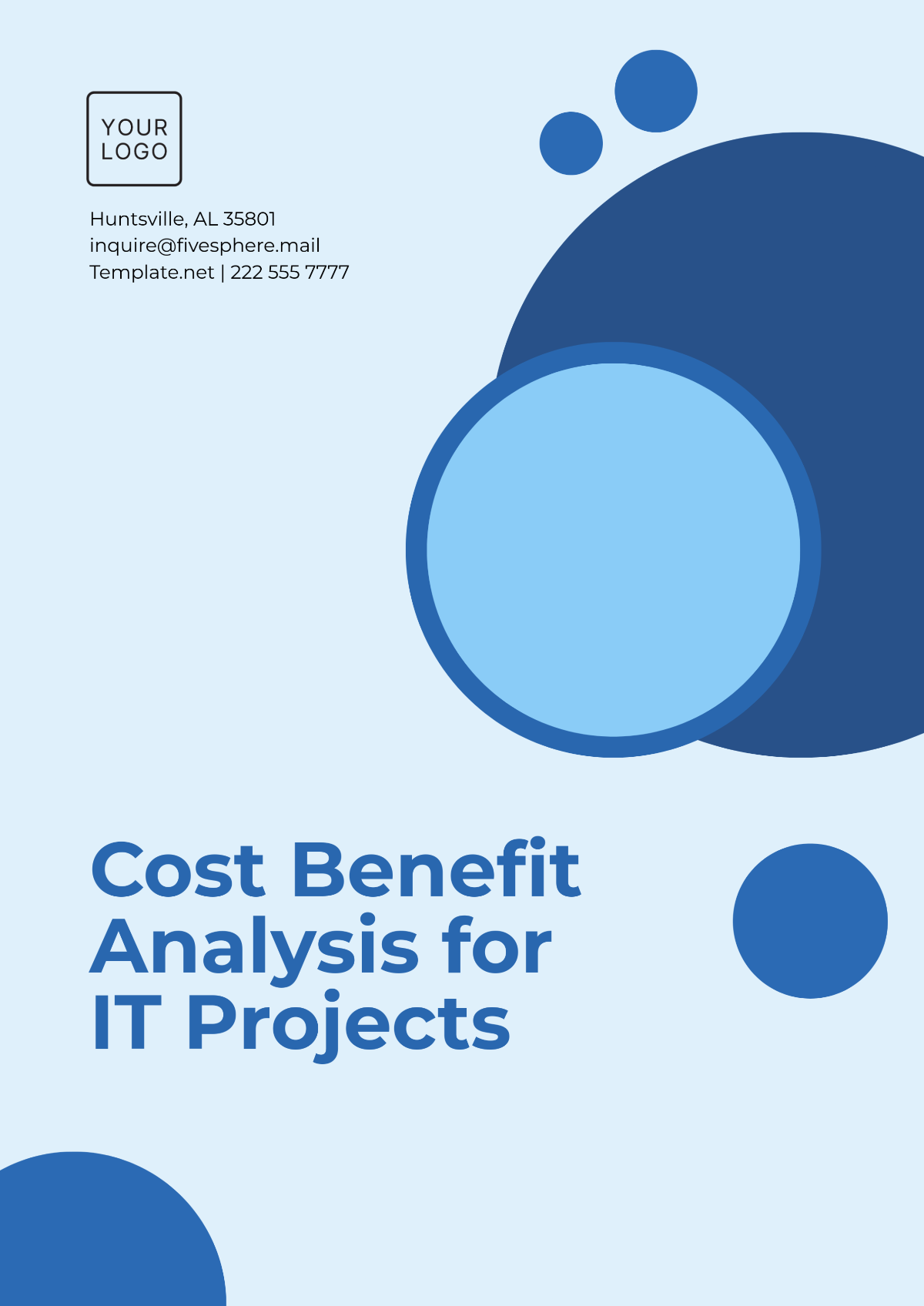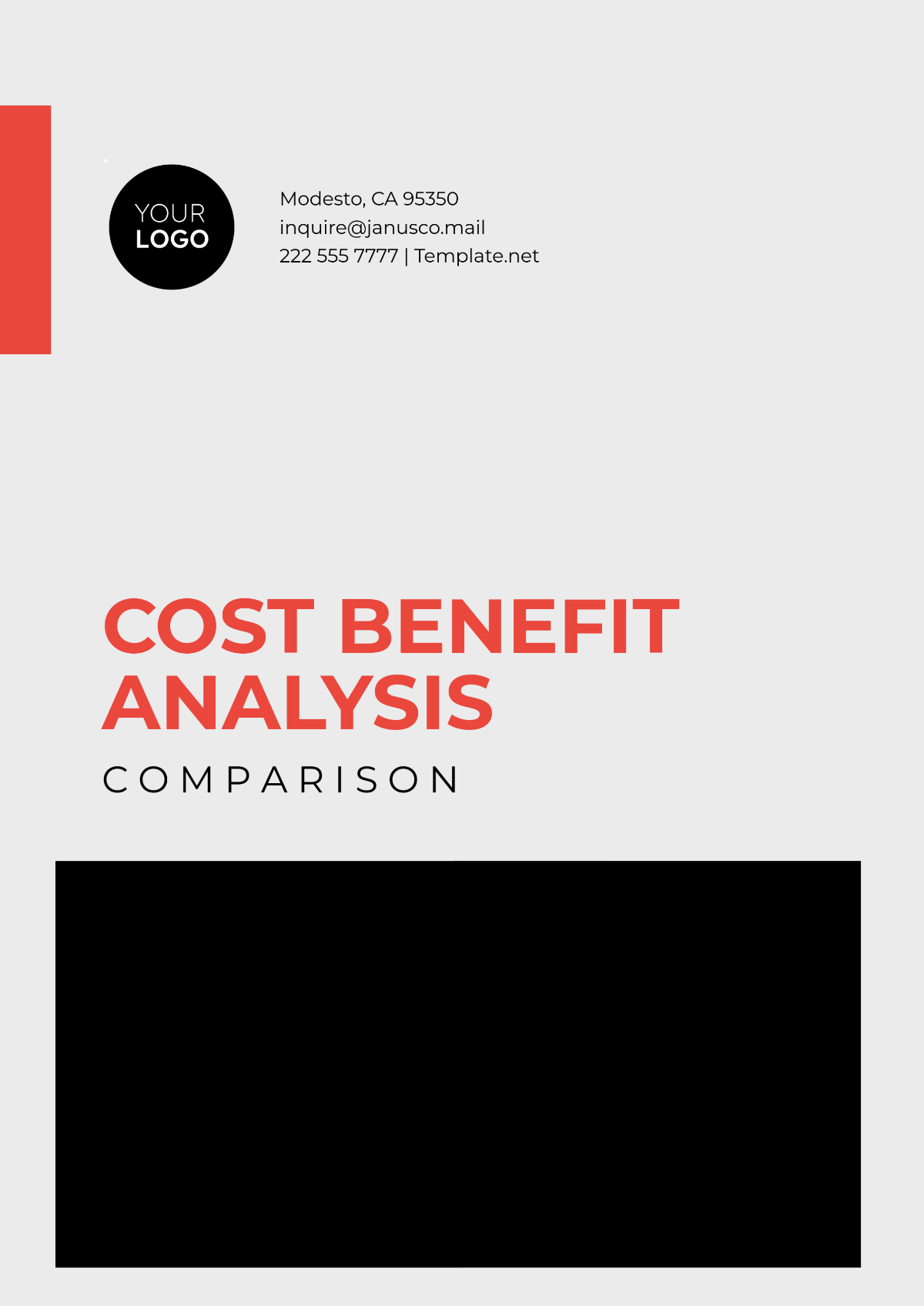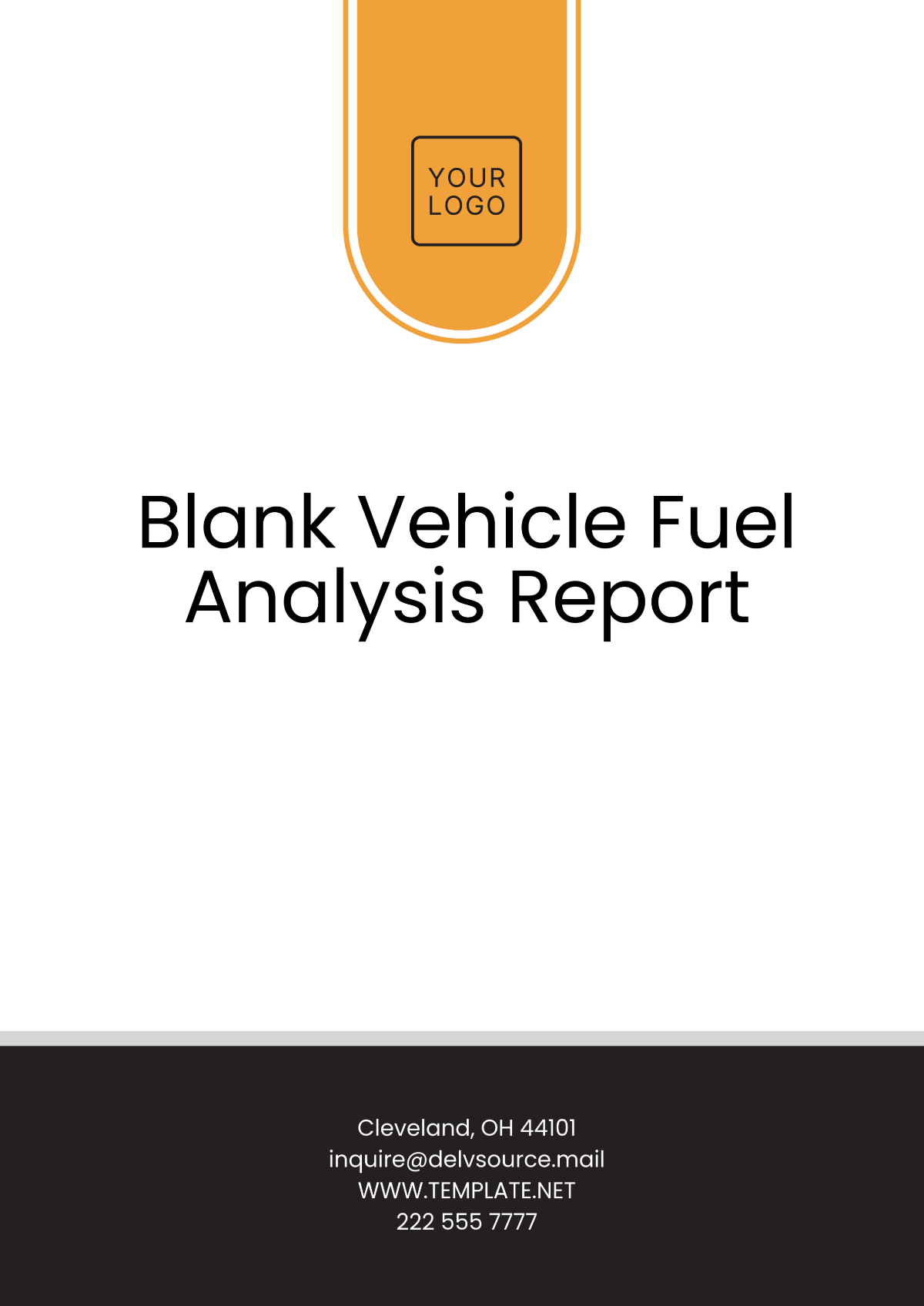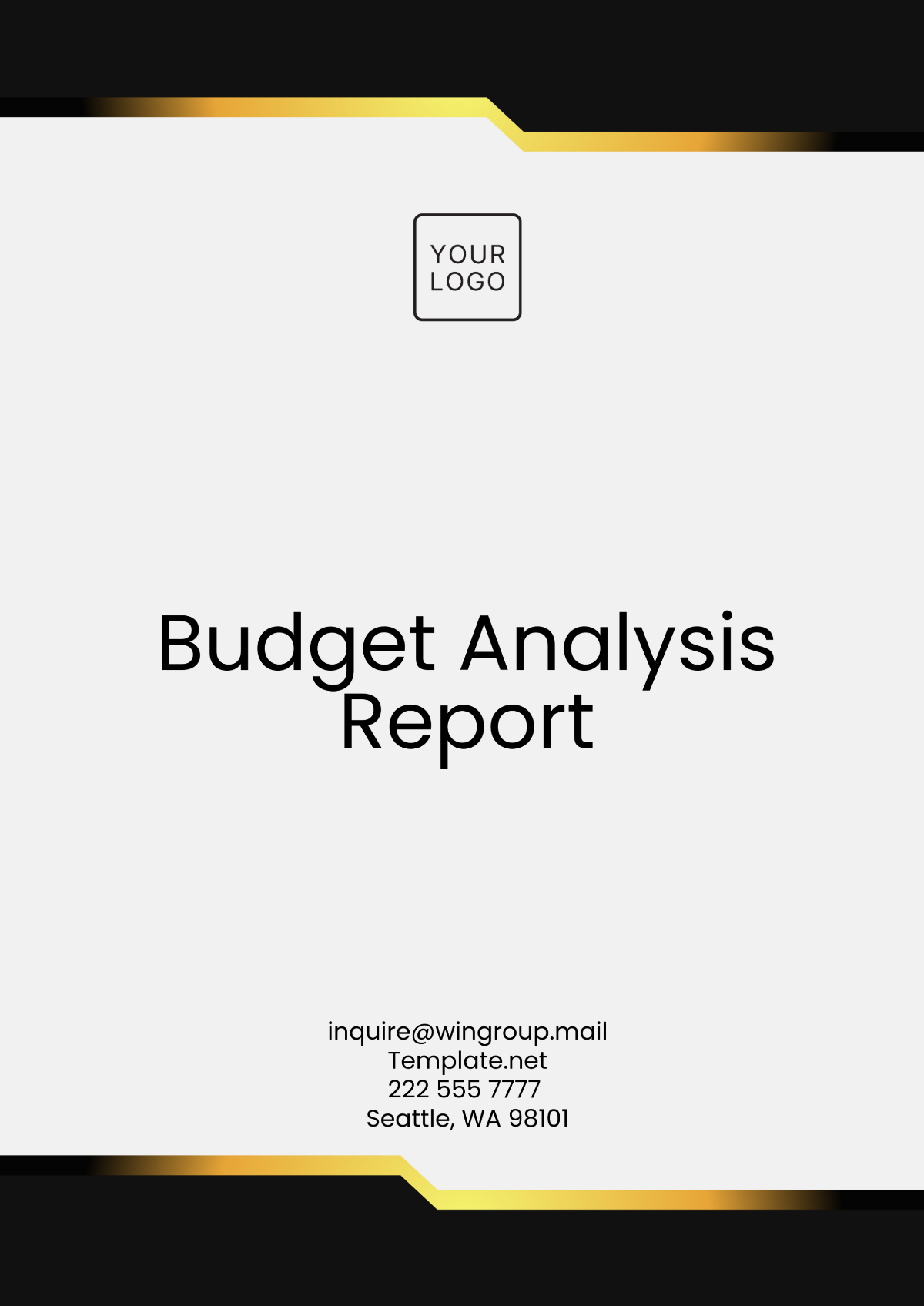Finance Extensive Payroll Analysis Guide
Purpose and Scope
A. Purpose
Welcome to [Your Company Name] Finance Extensive Payroll Analysis Guide, where our purpose is to provide a comprehensive understanding of our payroll processes. This guide serves as a valuable resource for both employees and stakeholders, outlining the intricacies of our payroll management system and its alignment with our organizational goals.
B. Scope
The scope of this guide encompasses the entire payroll life cycle at [Your Company Name], from data collection to fund disbursement. We delve into the various components, procedures, and tools employed in our payroll system. Understanding the scope of our payroll processes ensures transparency and clarity for all those involved.
C. Objectives
The primary objectives of our payroll analysis are to ensure accuracy, compliance, and employee satisfaction. By dissecting each payroll component, addressing legal requirements, and incorporating continuous improvement strategies, we aim to maintain a payroll system that not only meets industry standards but also aligns seamlessly with our organizational values.
D. Importance of Payroll in Organizational Success
Efficient payroll management is integral to our organizational success. By accurately compensating employees, we cultivate a positive work environment, attracting and retaining top talent. Payroll analysis also contributes to budgeting and financial planning, providing key data for strategic decision-making. This section delves into the multifaceted role of payroll at [Your Company Name] and its impact on our overall success.
Components and Procedures
A. Payroll Components
Understanding the various components of our payroll system is essential for both employees and administrators. This section breaks down the intricacies of basic salary structures, deductions, and supplementary payments. By providing a detailed overview of these components, we aim to empower our workforce with a comprehensive understanding of how their compensation is calculated and distributed.
Basic Salary Structure:
Category | Amount |
|---|---|
Base Salary | [$4,000] |
B. Deductions and Withholdings
Deductions are a critical aspect of payroll, encompassing various withholdings such as taxes, insurance premiums, and other agreed-upon deductions. In this section, we outline the deductions employees may encounter, ensuring transparency and understanding of how these factors impact their take-home pay.
Deductions:
Category | Amount |
|---|---|
Federal Income Tax | [$500] |
C. Payroll Procedures
Navigating through the payroll procedures at [Your Company Name] is crucial for both administrators and employees. From data collection to fund disbursement, this section provides a step-by-step guide on how our payroll system operates. By understanding these procedures, employees can have confidence in the accuracy and efficiency of our payroll process.
D. Frequency and Consistency
Communication on the frequency of payroll cycles is essential for employee financial planning. Whether bi-weekly, monthly, or another schedule, this section clarifies the consistency of our payroll practices. This predictability is designed to provide stability for our employees in managing their finances.
Payroll Components
A. Basic Salary
The basic salary component constitutes the fixed monetary compensation paid to employees for their regular work hours. At [Your Company Name], we ensure a competitive and equitable basic salary structure that reflects industry standards and recognizes the skills and contributions of our workforce. This component is the foundation of employee compensation and is subject to periodic reviews to stay aligned with market trends.
B. Deductions
Deductions play a crucial role in payroll, encompassing various withholdings such as taxes, insurance premiums, and other agreed-upon deductions. Transparent communication and documentation of deductions are paramount to avoid misunderstandings and ensure compliance. Our payroll system meticulously calculates these deductions, adhering to legal requirements and providing clear breakdowns in employee pay statements.
C. Overtime and Additional Payments
Overtime, bonuses, and other supplementary payments are vital components that go beyond the standard salary structure. [Your Company Name] values the efforts of our employees and recognizes exceptional contributions through these additional payments. Our payroll analysis includes a detailed breakdown of such payments, providing transparency and acknowledging the dedication of our workforce.
Payroll Procedures
A. Payroll Processing
The payroll processing at [Your Company Name] is a meticulously planned and executed procedure. Beginning with the collection of relevant employee data, the process involves thorough validation, calculation of salaries and deductions, and concludes with the disbursement of funds. Our state-of-the-art payroll system ensures accuracy, efficiency, and compliance with legal and internal regulations.
B. Frequency of Payroll
At [Your Company Name], we understand the importance of timely and consistent payroll cycles. Our standard practice is a bi-weekly frequency, ensuring that employees receive their compensation predictably. This regularity not only contributes to employee satisfaction but also aids in financial planning for both the employees and the organization.
C. [Your Partner Company Name] Collaboration
In certain cases, where applicable, [Your Company Name] collaborates with [Your Partner Company Name] in aspects of payroll processing. This collaboration ensures a seamless exchange of information and adherence to shared standards, enhancing the overall efficiency of the payroll system.
Compliance and Regulations
A. Tax Regulations
Navigating tax regulations is a critical aspect of payroll management at [Your Company Name]. Our dedicated team stays abreast of local, state, and federal tax laws to ensure accurate tax deductions from employee incomes. Regular audits and updates to our payroll system are conducted to align with any changes in tax regulations, guaranteeing compliance and preventing potential legal issues.
B. Legal Requirements
Compliance with legal requirements is fundamental to [Your Company Name]'s payroll practices. This includes adherence to minimum wage laws, overtime regulations, and any other legal obligations related to compensation. Our payroll analysis incorporates a thorough review of legal requirements, and any necessary adjustments are made promptly to maintain the integrity and legality of our payroll processes.
Payroll Analysis Tools
A. Payroll Software
[Your Company Name] employs cutting-edge payroll software to streamline and enhance our payroll processes. Our chosen software offers features such as automated calculations, secure data storage, and customizable reporting. This tool not only ensures accuracy and efficiency but also provides a user-friendly interface for both administrators and employees.
B. Data Security
The security of payroll data is a top priority at [Your Company Name]. Our payroll analysis includes robust measures to safeguard sensitive information, including encryption, access controls, and regular security audits. Employees can trust that their personal and financial data is handled with the utmost care and in compliance with data protection regulations.
Reporting and Documentation
A. Financial Reports
Accurate and detailed financial reporting is a cornerstone of [Your Company Name]'s payroll analysis. Our system generates comprehensive financial reports, including income statements, cash flow analyses, and detailed breakdowns of payroll expenses. These reports offer valuable insights into labor costs, helping stakeholders make informed decisions about budgeting, resource allocation, and overall financial planning.
Income Statement:
Category | Amount |
|---|---|
Total Employee Salaries | [$5,000,000] |
B. Audit Trail
Ensuring transparency and accountability, [Your Company Name] maintains a meticulous audit trail of all payroll transactions. This trail includes a chronological record of data input, calculations, approvals, and fund disbursements. This not only facilitates internal audits but also provides a robust defense against any potential discrepancies, contributing to the overall integrity of our payroll processes.
Challenges and Solutions
A. Common Challenges
While [Your Company Name] strives for excellence in payroll management, challenges may arise. Common challenges include data entry errors, changes in tax regulations, and unexpected variations in employee work hours. To address these, we conduct regular training sessions for our payroll team, stay vigilant for regulatory updates, and implement automated checks within our payroll software to minimize errors.
B. [Your Company Name] Support
Understanding that employees may have queries or concerns regarding their payroll, [Your Company Name] provides dedicated support. Our [Your Company Name] Support team is available to assist with any inquiries, ensuring that employees have access to accurate information and quick resolutions to their concerns. This commitment to support enhances employee trust and satisfaction in our payroll processes.
Continuous Improvement
A. Feedback Mechanism
At [Your Company Name], we value feedback as a catalyst for continuous improvement. Employees are encouraged to provide input on the payroll process through our dedicated feedback mechanism. Whether through surveys, suggestion boxes, or scheduled feedback sessions, we actively seek insights into the user experience. This iterative feedback loop allows us to identify areas for enhancement and ensures that our payroll processes align with the evolving needs and expectations of our workforce.
B. Updates and Enhancements
Continuous improvement is ingrained in [Your Company Name]'s DNA. Based on feedback, technological advancements, and industry best practices, we regularly implement updates and enhancements to our payroll procedures. These may include software upgrades, process optimizations, or the introduction of new features. By staying agile and responsive, we guarantee that our payroll system remains at the forefront of efficiency, accuracy, and compliance.
Employee Training and Resources
A. Training Programs
Ensuring that employees understand their payroll and financial benefits is crucial for a smooth and transparent process. [Your Company Name] invests in comprehensive training programs to educate employees on how the payroll system works, including understanding pay statements, tax implications, and benefit calculations. Regular workshops and training sessions are conducted to empower employees with the knowledge they need to make informed decisions regarding their compensation.
B. Resource Center
To complement our training initiatives, [Your Company Name] provides a dedicated resource center for employees. This online platform offers a wealth of information, including FAQs, video tutorials, and guides related to payroll processes. The resource center serves as a self-help hub, empowering employees to access information at their convenience and promoting a proactive approach to understanding and managing their financial details.
Conclusion
[Your Company Name] is committed to maintaining a robust and transparent payroll system. From meticulous analysis and reporting to addressing challenges and fostering continuous improvement, our payroll processes are designed to meet the highest standards of accuracy, compliance, and employee satisfaction.
For further inquiries or assistance, please contact [Your Name] at [Your Company Email] or visit [Your Company Website].
Thank you for entrusting [Your Company Name] with your financial well-being.



